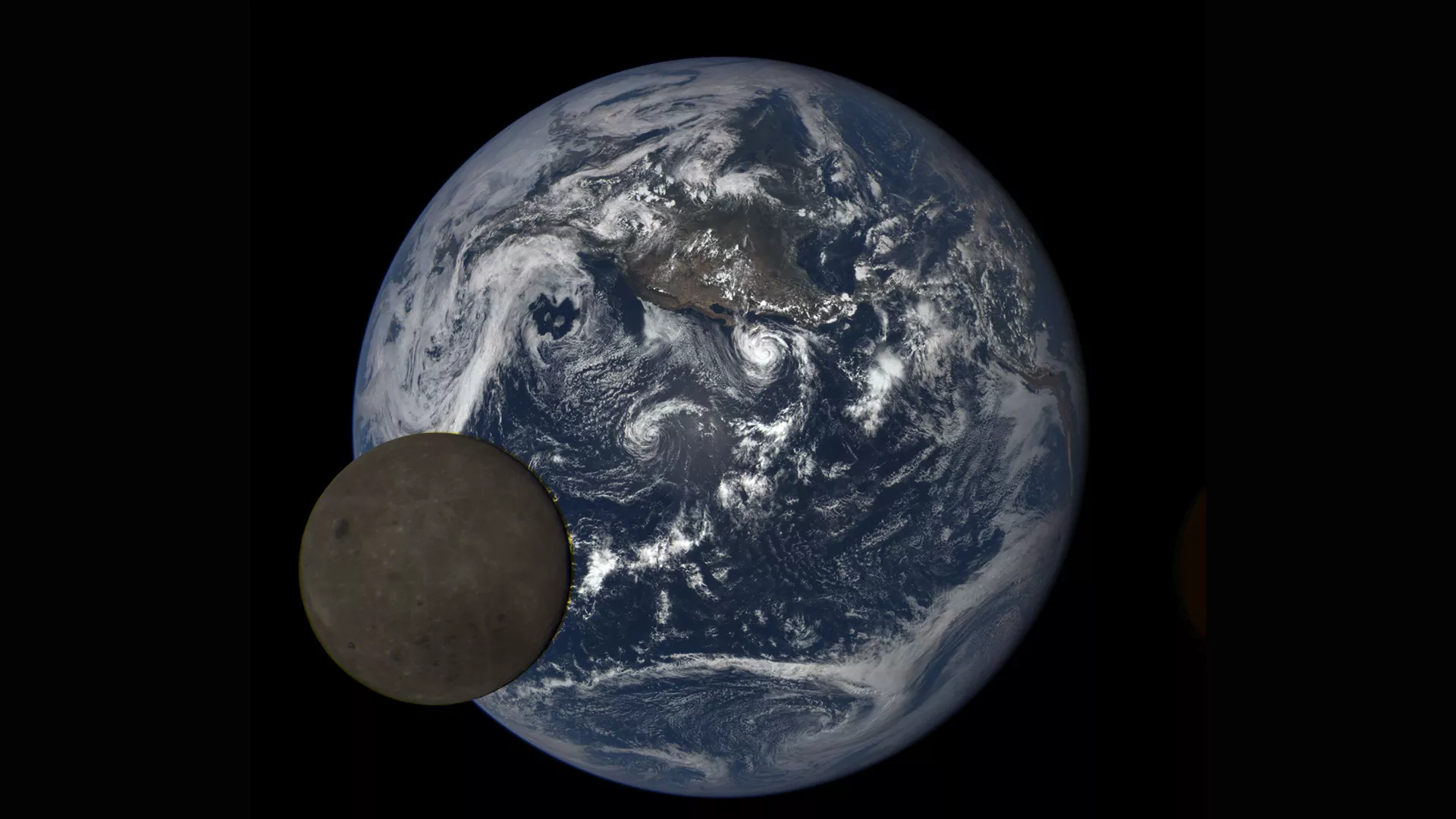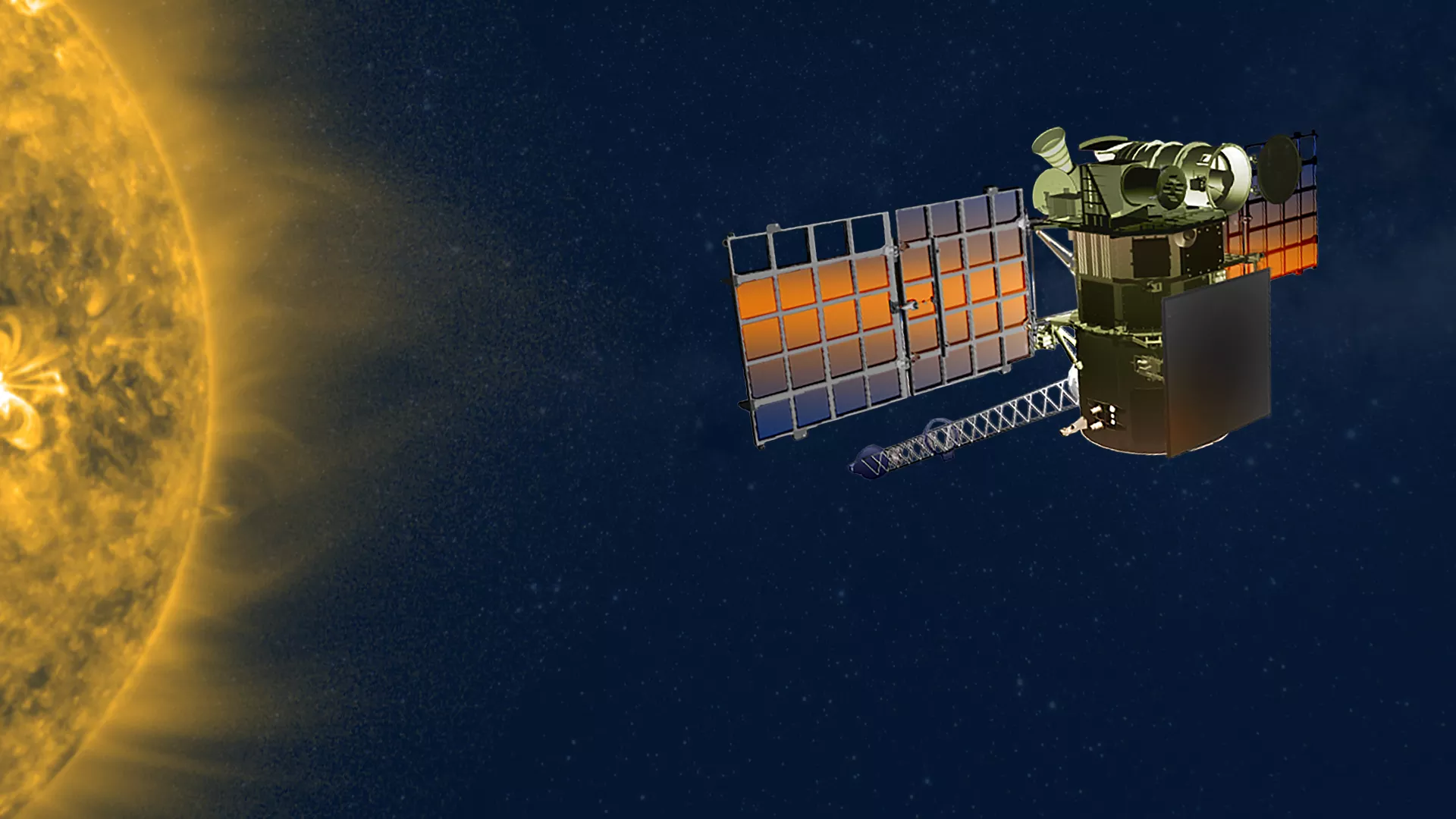
On this day in 2015, NOAA’s Deep Space Climate Observatory (DSCOVR) launched on a SpaceX Falcon 9 rocket from Cape Canaveral in Florida. Thus, it seems fitting to celebrate the occasion by showcasing one of our favorite images above, captured five months afterward on July 16, 2015 by NASA’s Earth Polychromatic Imaging Camera (EPIC), a camera and telescope onboard the satellite. It shows a unique view of the far side of the moon, which always faces away from the Earth.
When DSCOVR launched six years ago, it was NOAA’s first operational deep space satellite. From its location in space, DSCOVR maintains the United States' real-time solar wind monitoring capabilities, which are critical to the accuracy and lead time of NOAA's space weather alerts and forecasts. Without timely and accurate warnings, space weather events—like geomagnetic storms—have the potential to disrupt nearly every major public infrastructure system on Earth, including power grids, telecommunications, aviation, and GPS.
Thanks to EPIC, DSCOVR also provides us with a stunning view of our planet and moon from its orbit about one million miles away—at a location called Lagrange point 1. Here, the gravitational pull between the Sun and the Earth is balanced in such a way that an object at this point will essentially be held in place between them.
The EPIC camera has also captured various other phenomena , such as eclipses, wildfire smoke, sunglint, and even other planets. In fact, the camera captured another lunar transit today , which is a fitting way to mark the anniversary of the launch.

Launch of the DSCOVR satellite, February 11, 2015.
